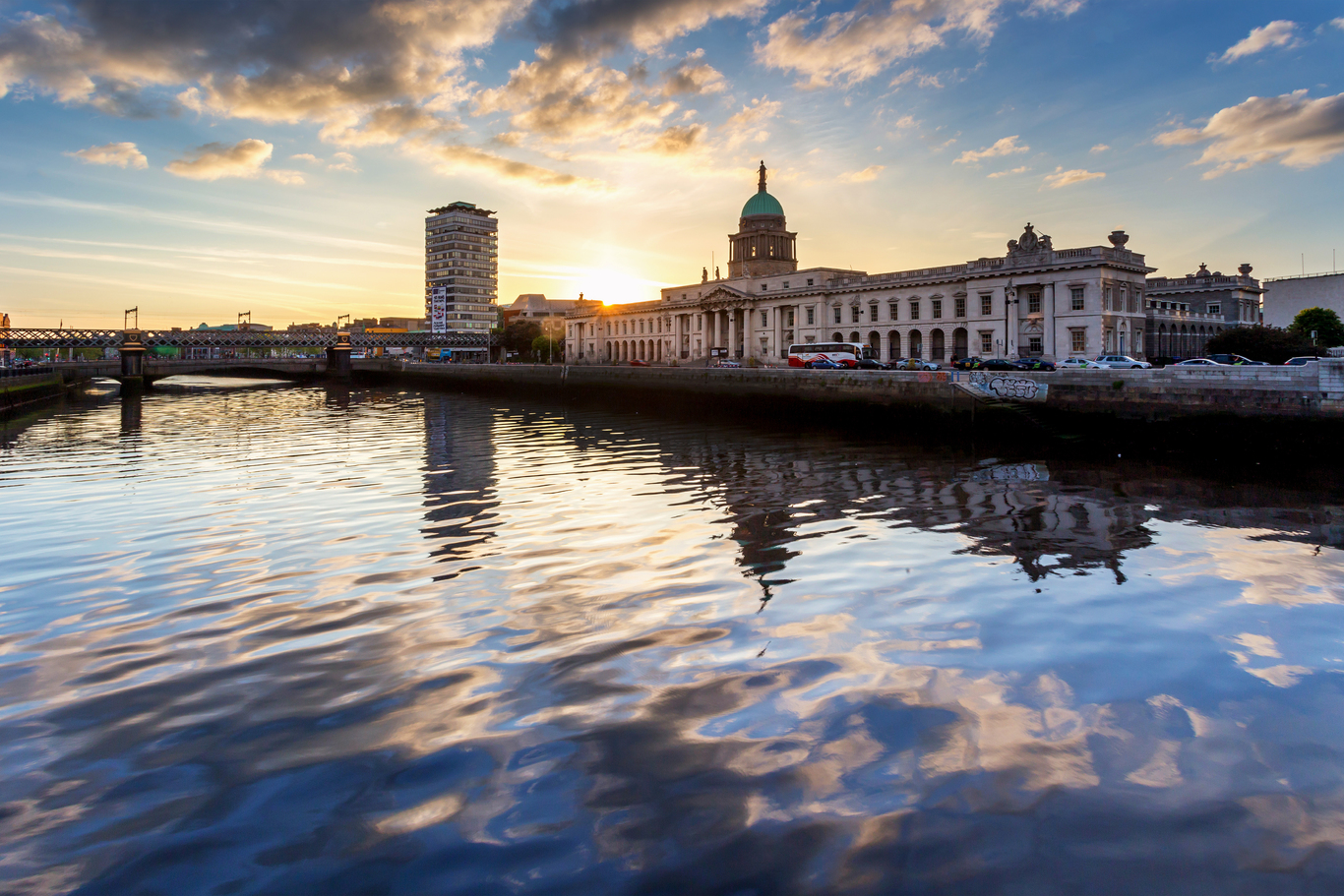Your crash course in... Dublin's plan to use tech to reduce carbon emissions
The city is using insights from Google to help tackle the climate crisis
WITH THOUSANDS OF cars on Dublin’s roads each day, the city is turning to Google data to help lower its carbon footprint.
Over the past year, Dublin City Council (DCC) has been working with the tech giant and University College Dublin (UCD) to pilot a project that provides information on emissions from the city.
What have they been working on?
The tool, called Environmental Insights Explorer, uses Google Maps to estimate greenhouse gas emissions and also to assess the potential for harnessing solar energy in the city.
Over the pilot year, UCD Spatial Analytics Lab has worked alongside Google to validate the data.
After a year of looking at DCC, the tool has now been rolled out among the other three city councils to promote cross council communication earlier this month.
Paddy Flynn, director of GEO data operations at Google, told Fora it means all councils are singing from the one hymn sheet and will help with a “joint strategy” when it comes to tackling the climate crisis.
Dublin isn’t the only city to use the tool, though it’s been one of the first to test it. The tech company is rolling it out worldwide, with city councils in Manchester and Birmingham also using amid plans to bring it to 10,000 other cities.
How does it work?
The tool garners insights by using artificial intelligence and data sources, such as Google Maps, to determine the modes of transport used in the city. This is then paired with additional information about emission.
When it comes to figuring out the potential for the energy that can be harnessed from solar panels, it pulls data on the angles and orientations of roofs.
The tool, which is available to the public, also allows users to change parameters to see what emissions would look like in the city if more people cycled.
Flynn told Fora that when the tool was first presented to DCC and other agencies, such as the Sustainable Energy Authority of Ireland and the National Transport Authority, there was some surprise regarding the solar potential for Dublin.
“We are 53 degrees north and we have a lot of minimal daylight during winter but the solar potential was much higher than expected,” Flynn said.
What does it mean for the city?
Jamie Cudden, smart city lead at DCC, told Fora the data “highlights the scale of the problem” regarding emissions in Dublin.
Cudden said the data gleaned from the tool will be used by the council to inform conversations and demonstrate that changes need to be made when it comes to the city’s transport system.
The data will help Dublin improve its policies and make effective decisions about reducing emissions across the city.
He highlighted that Google can add the capability to track year-on-year progress, which means by this time next year any progress there has been in increasing the number of cyclists, for instance, can be seen.
Within the tool the user can also compare certain regions of Dublin to each other, so South Dublin, which is more car-dependent than the city centre, has a higher number of emissions.
In September this year, DCC launched its five-year climate action plan where it promised to reduce it’s own greenhouse gas emissions by 40% by 2030 and to make Dublin a “climate resilient region”.
The council has said that the pilot programme has already demonstrated that transport contributes to 60% of the city’s greenhouse gases.
Note: This article was update to clarify that Dublin is at a latitude of 53 degrees north.
Get our Daily Briefing with the morning’s most important headlines for innovative Irish businesses.






